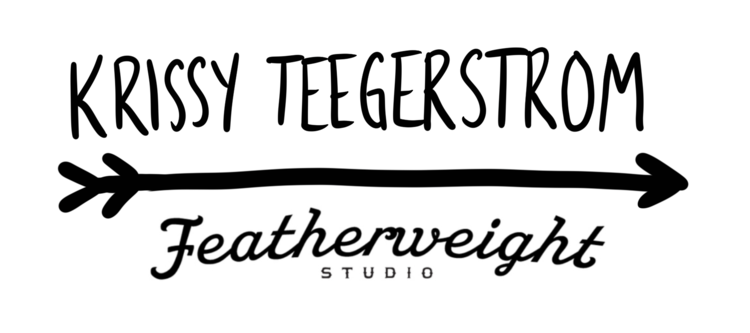After moving from California back to my home state of Texas, I've had summer dresses on my mind. I'm trying to build my business (and pay off my business credit cards) so my shopping budget is basically zero right now. But it's hot here, and I need some comfortable, cute clothing for hot weather.
Here's what I'm looking for in a summer dress:
- comfortable
- versatile
- sustainable
- made from natural fibers
- unique
- affordable
I haven't found much at the thrift shops. There is so much polyester in modern fashion, because it's cheap to make/manufacture with, but it doesn't BREATHE. I don't understand how people can wear so much polyester, let alone in 90+ degree weather. It just makes your sweat stinky. I like to wear my own homemade natural deoderant, and natural fibers (cotton, linen, etc.) allow you to sweat a little without causing stinkiness.
Last week I found this light cotton chambray tunic at the thrift shop for $3.99, and despite it being a size XL, I knew I could turn it into something cute.
I like to work quickly without a pattern. I don't actually have any pattern-making education, I just make it up as I go along. To do this:
- have a pretty clear picture of the finished product in your head (or on paper)
- baste first until you get your lines/sizing right, then stitch
- be prepared to try on the garment multiple times
- a dress form is helpful for pinning & planning, or you can do it on your own body
The process is a repetition of plan, mark, pin, baste, try on, adjust, stitch. (I put on a full slip so that I could take the dress on and off without having to change clothes.)
I started by taking in the sides. You can put the dress on inside out, pin it, then take it off and measure it equally before basting.
Every dress should have pockets, so I improvised quick pockets. I didn't have enough leftover fabric to make full pockets, so I used some cotton tamale bags we were going to donate. A quick way to make pockets is to trace around your hand. I didn't want the tamale fabric to show, so I sewed about an inch of the chambray onto the edge of the pocket. I've made enough pockets by following patterns that I understand how they're made, but I'm always a little confused as to which side matches with which seam -- so I follow the cardinal rule of PIN & BASTE FIRST!
Planning the sleeves was a bit trickier. I knew I wanted something basically sleeveless because that's good for hot weather, but I always like a little teeny bit of sleeve. I clipped off the original cuff and flipped it over to reuse it. I planned the design by putting on the dress and pinning one side/sleeve until I liked it, basting and adjusting until it looked right. This took a few tries, but once I got one side right, I just copied that same plan on the other side. The way I copy is to fold the garment in half, then use a fabric marker to mark the lines on the other side. It's not the most precise method but it works!
To make the dress truly unique, I finished it off with some bleach (a small bottle cost $1.99).
This dress will go with boots or sandals, heels or flats, & can be dressed up or dressed down. This dress also checks off all my requirements: comfortable, versatile, sustainable, made of natural fibers, unique, and very affordable at a grand total cost of $5.98.
Talk to me: What do you think? Would you wear a dress like this? Sewists, do you ever sew without a pattern?












